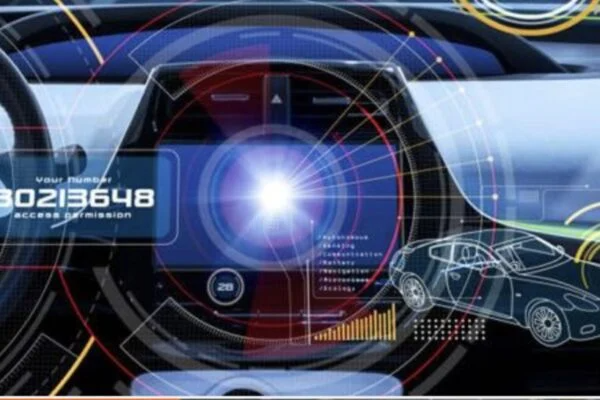In the field of real-time software for vehicle cockpits and other safety-related functions in cars, OpenSynergy and Inchron have teamed up to facilitate time domain analysis in virtualised environments.
Detailed time domain analysis enables architects and integrators to optimise timing behaviour in virtualised automotive domain controllers, such as cockpits and virtualised powertrain domain controllers. To this end, Berlin-based software company OpenSynergy has announced a new feature for its Coqos Hypervisor SDK virtual platform: the latter now works together with Chronview, a tool for visualising and analysing hardware traces. Chronview, developed by OpenSynergy’s partner Inchron, is a timing visualisation tool for use with virtualised solutions running on both application processors and real-time domain controllers.
Coqo’s Hypervisor SDK enables the convergence of multiple functionalities on a single System-on-Chip (SoC) without interference between different systems. For a hypervisor to work optimally, it must provide sufficient computing time to all virtual machines at the right moment. This integration process comes up against the limits of hardware resources, security requirements and the expectations of vehicle users. Software developers using the Coqos Hypervisor SDK and its variant for real-time microcontrollers must fine-tune the allocation of processing resources to tasks to ensure, for example, maximum utilisation of computing resources, compliance with security requirements (by ensuring that certain processes run within a certain time period) and low end-to-end latency. The Coqos hypervisor supports several standard tools for this purpose. For the variant of the hypervisor for real-time processors, OpenSynergy cooperates with Inchron. By using the tracing tool Chronview with Coqos, customers can record and visualise the timing behaviour and make the configuration of the Coqos Hypervisor scheduler faster, more precise and more comfortable.
The process starts with importing the trace data generated by the hypervisor into Chronview. Once the data is in Chronview, the automatic verification of requirements combined with interactive diagrams helps to better understand the overall system behaviour and the causes of real-time failures. The visualisation provided by Chronview allows integration and test engineers to analyse the recorded data from many different perspectives and easily identify potential optimisations of the entire virtualised system.
Typical use cases include IVI audio routing, keystroke-to-action latency, safety-related cluster tell-tails, camera overlays for augmented reality, safety-critical torque vectoring in the electric powertrain, and more. The challenge is to ensure end-to-end latencies and maximum core utilisation despite the two-tier hierarchical scheduling (OS and hypervisor) of functional tasks. Optimising both schedulers is key to the overall performance of the system.



Leave a comment